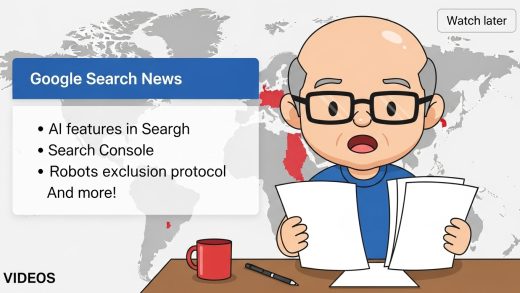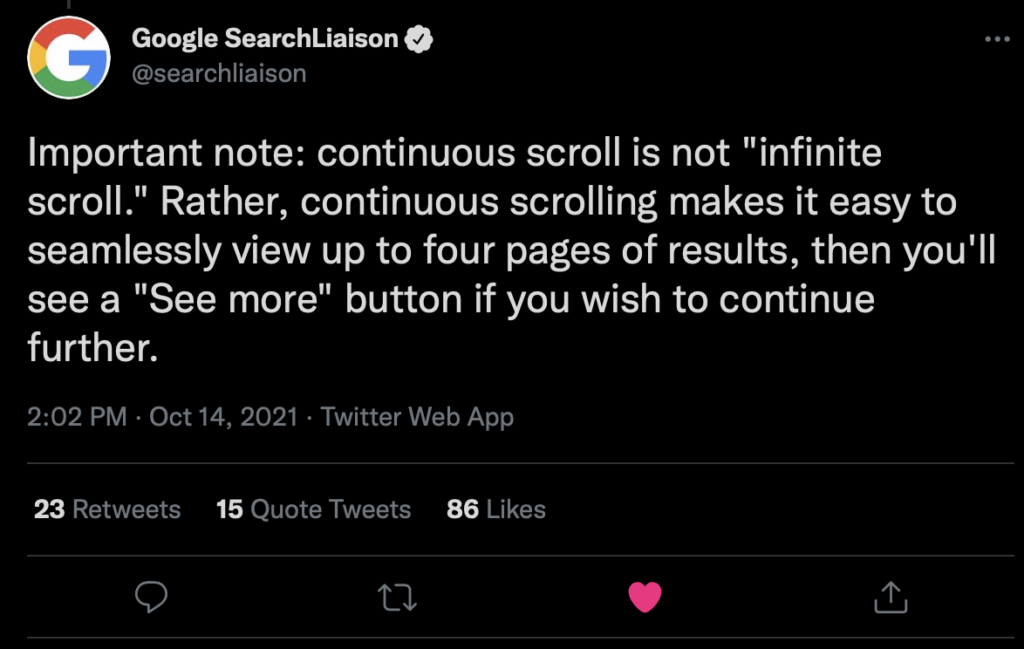
Google’s specifying “continuous” vs “infinite” is the exact kind of semantic English grad BS that gets me excited about SEO.
Let’s get one thing right, this is a big change and one that could have significant ramifications — certainly, potentially more so than the last few Google core algorithm updates, or even the spam updates. Hyperbole? Maybe. It depends on your industry I suppose, but bear with me because this update says a lot.
What did Continuous Scrolling do?
Instead of 10 results on mobile, you eventually get 40 before needing to ask Google to load more. You can just scroll and scroll and scroll rather than 10 results and hitting page 2.
But Why D’oh?
Google claims that — and I quote:
In fact, most people who want additional information tend to browse up to four pages of search results.
–Google
First of all, of all the lies and half-truths Google tells, this is by far the most egregious. Most people browse up to four pages? I’m a firm believer I could put my social security number on page 2 of Google and I’d have about as much risk of identity theft as I do right now. Which is to say it would neither heighten nor lower my risk. I’m sure if their feet were put to the fire in court, Google’s caveat of “most people who want additional information” is what they’d use to get out of the corner.
Regardless of the reasoning, it’s a weird lie to throw out there when countless studies have been done and hundreds of thousands of people can attest to their traffic increases from position 11 to position 10. But I digress.
Reason 1: SEO (& Market Share) are Mobile-First
It’s no secret Google’s been moving toward a more and more mobile-first platform. While desktop and mobile users were neck and neck for a long while, in 2017, the landscape shifted (ever so slightly) in mobile’s favor, making up just over 50% of all sessions. In June of 2019, mobile made up over 50% of all internet searches while desktop dropped to a new low of 45%.
So not only are there more mobile-users but… they click less and bounce more:



(All credit to Perficient Digital.)
Reason 2: Google’s Users like Mobile More
Similarly, as a site, Google’s user base is more mobile than desktop. Now there’s myriad reasons for this (AMP may have started them down the path), but speed and mobile-first indexing didn’t hurt.
Just looking at a year (Oct 2020 – Sep 2021), Google desktop has a net average share of 72% whereas Google mobile has a net average of 90%.
Additionally, SparkToro and JumpShot show how many users linger on Google vs click offsite (to a result). On desktop, 34% get what they need from Google (the zero-click searches) and 60% click a result. But on mobile, it’s practically reversed where 56% get what they need from Google (zero-click searches) and 39% click a result.
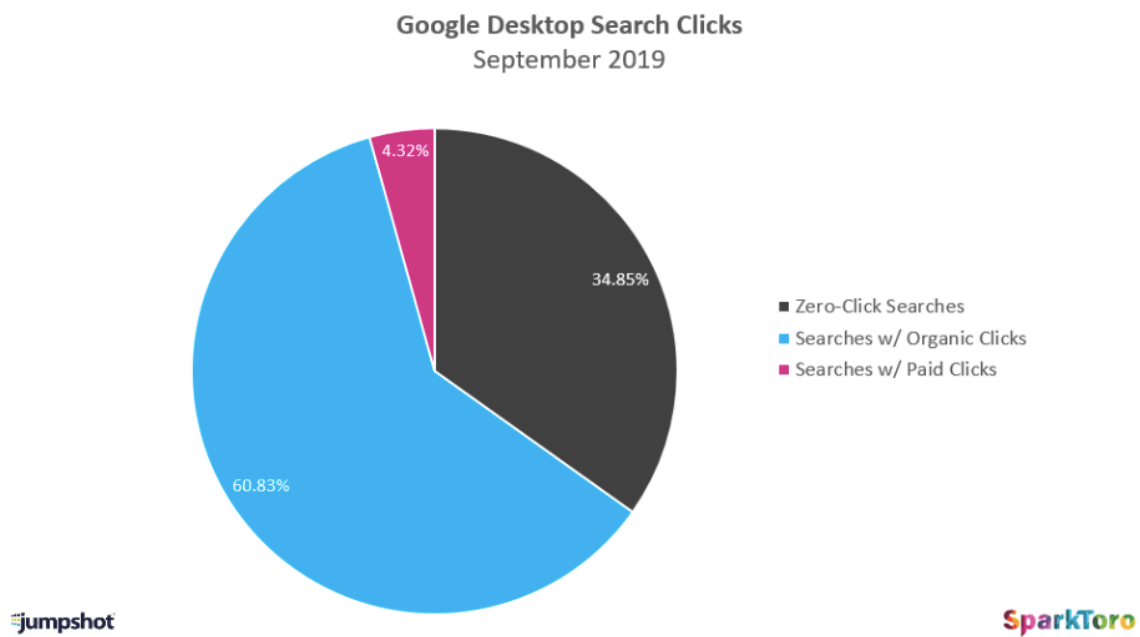
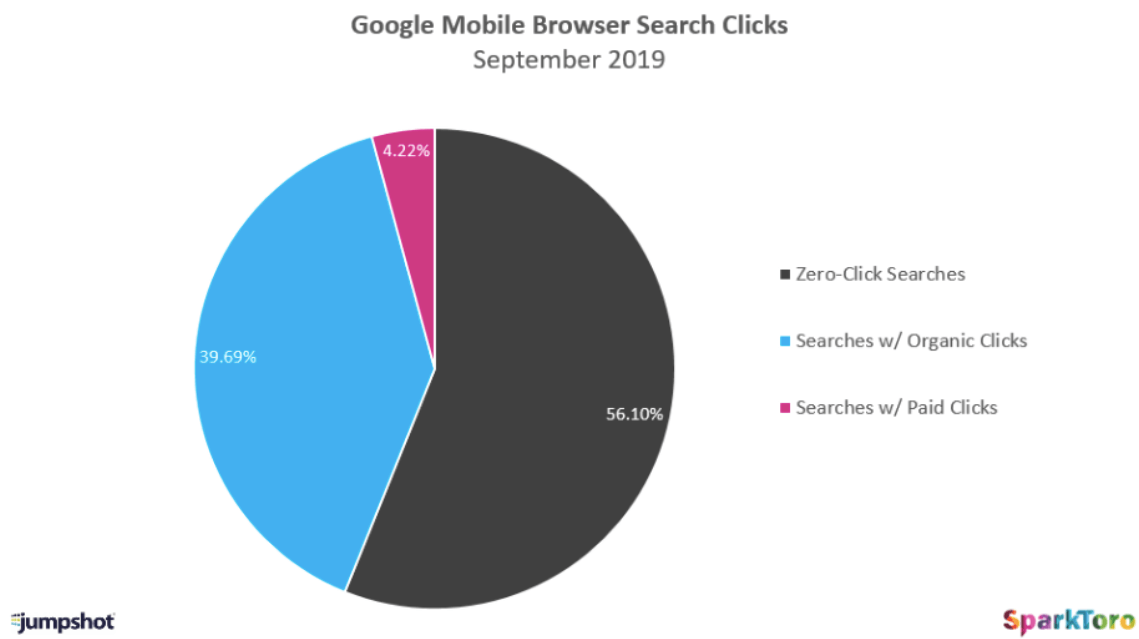
Reason 3 (Speculation): Users Click when they’re run out of Space to Scroll
The third reason is my reason for writing this “hot take” in the first place and it is purely speculative. It’s based on what we know of mobile and Google thus far (hence reasons 1 and 2), but I believe Google is targeting the passive — “serve me” — user.
Most in the SEO industry are familiar with Backlinko’s CTR reports. In this particular one, they examined some 5 million queries to see which position gets the most clicks. Unsurprisingly, few people venture to page two and beyond.
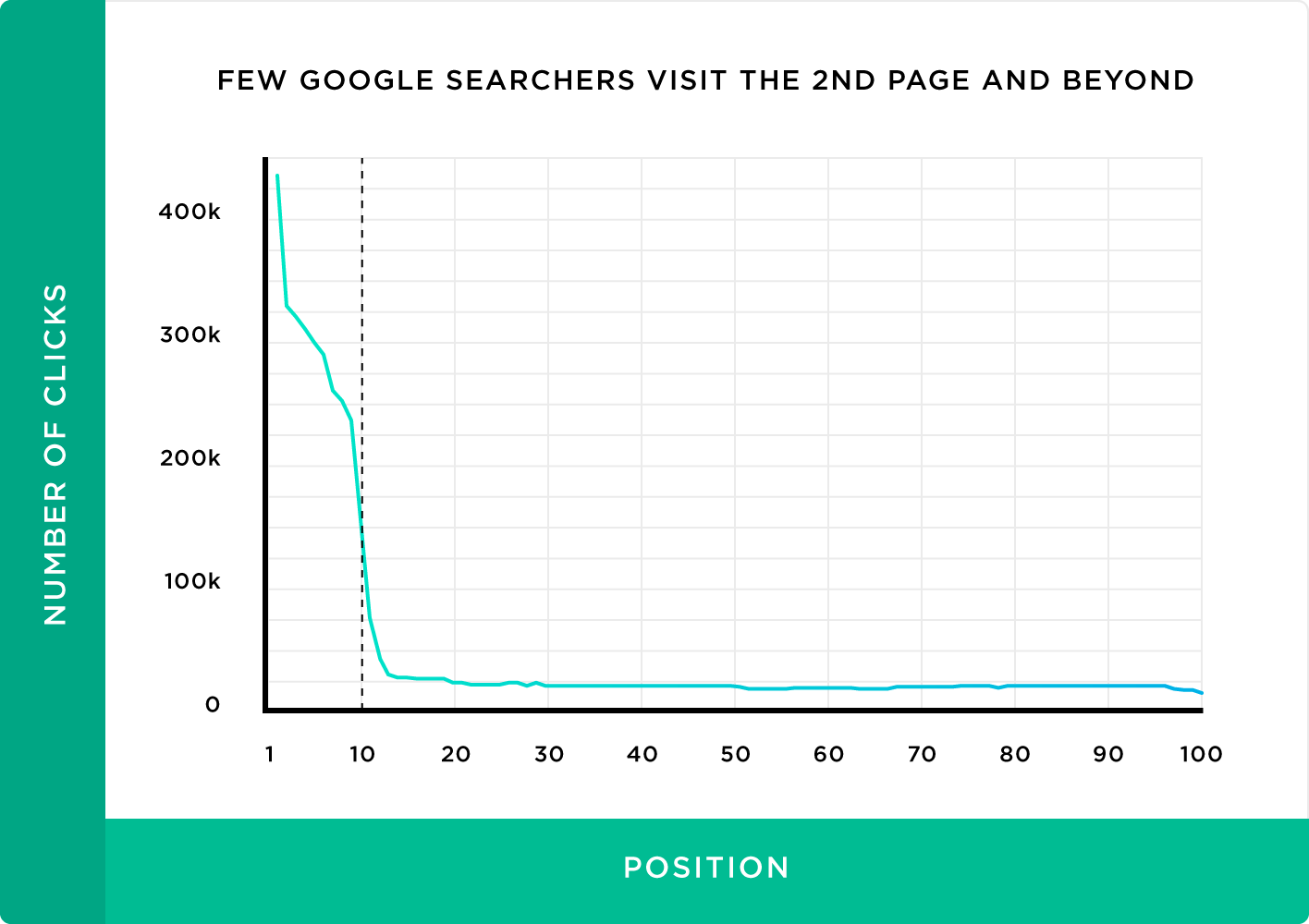
However, here’s the most fascinating (and helpful) block:
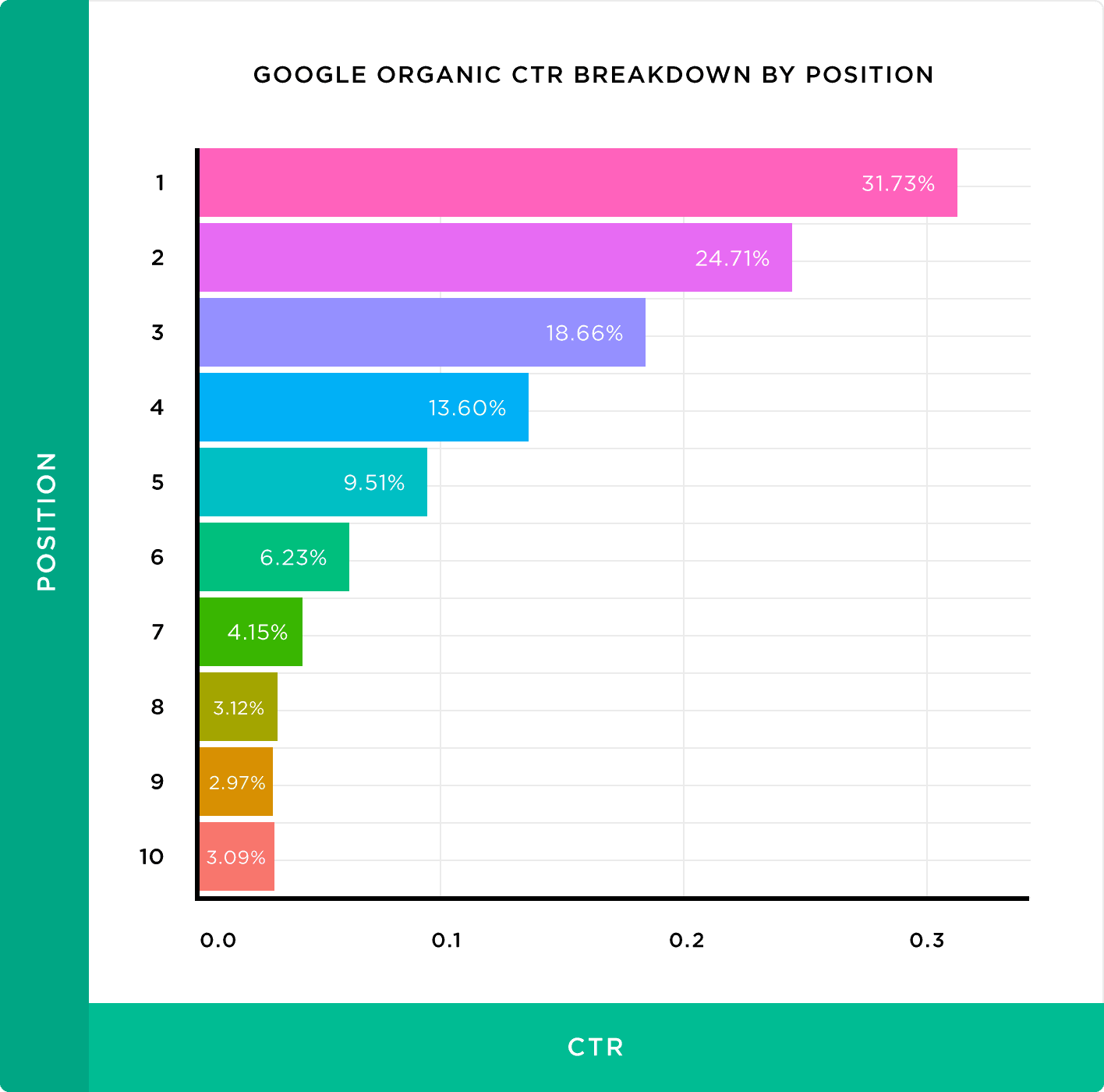
But look at position 10 vs position 9. Technically, position 10 gets better CTR than position 9 with 3.09% to 2.97%. Backlinko comments that it’s not significant between the two positions and therefore 9 & 10 should be considered about equal, but to me this is the part of the study that seals the deal for why Google would implement “continuous scrolling.”
If someone doesn’t see a result that satisfies their query in the top 3 results, then they likely skim through the next 7. But when they hit the bottom of the SERP, their options are:
- click page 2
- scroll back up and search something different
- click and take a shot at position 10
Look, I can only speak to experience and what I’m seeing in the data but convincing a user to go back up to the search bar to “type a new query” is a lot of work, especially if they’re all thumbs (being on mobile). Secondly, convincing a user to click page 2 feels like a fool’s errand considering if page 1 didn’t have what you were looking for then obviously page 2 isn’t going to be better.
But taking a stab at position 10 is so low effort, and if you’ve already scrolled to the bottom and not found an “exact match” seems like the easiest choice. Plus, then perhaps you’ll find some verbiage in that page to help you refine your query.
Traffic Should be Increasing & Rankings will be Fluctuating
Long story short, all sites should be seeing traffic rise especially for broad, short-tailed keywords.
However, the other element in all this is SEO is going to become a genuine “moving target.” Position 7 and Position 32 are now on a similar playing field as they can be passively served to user whereas before it required active hunting on the users’ part.
Let’s see how it goes!
Photo by Taylor Wilcox


